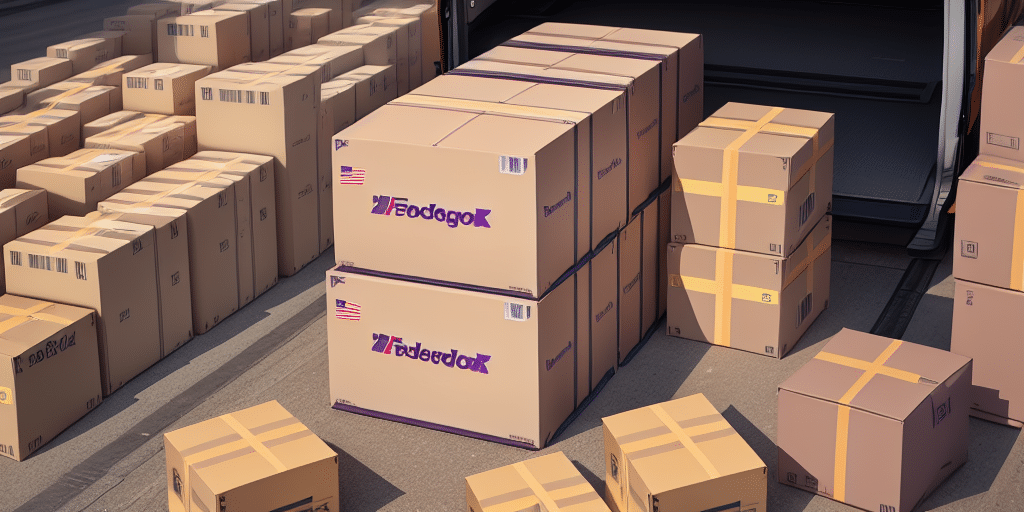Understanding Declarations of Dangerous Goods
Importance of Declaration
A Declaration of Dangerous Goods (DGD) is a legally mandated document that outlines the specifics of a shipment containing hazardous materials. This declaration ensures the safety of individuals handling the package and protects the environment from potential hazards. Regulatory bodies such as the International Air Transport Association (IATA) and the International Maritime Organization (IMO) require shippers to complete the DGD to maintain compliance and safety standards.
What are Dangerous Goods?
Dangerous goods encompass a wide range of substances and items that pose risks to health, safety, property, or the environment when transported. Examples include explosives, flammable liquids, toxic chemicals, radioactive materials, and biological agents. These goods are classified based on their hazardous properties, such as flammability, toxicity, reactivity, and corrosiveness, to determine the appropriate handling and transportation procedures.
Identifying and Classifying Dangerous Goods
How to Identify Dangerous Goods
Proper identification of dangerous goods is crucial to ensure safe transportation. Shippers should consult the Dangerous Goods List, which categorizes and details the specific requirements for each type of hazardous material. Additionally, many countries have their own regulations that may impose stricter guidelines.
Regulatory Requirements
Compliance with international and domestic regulations is non-negotiable when shipping dangerous goods. The U.S. Department of Transportation (DOT) provides comprehensive guidelines for the classification, packaging, labeling, and documentation of hazardous materials. Adhering to these regulations helps prevent accidents, environmental damage, and legal repercussions.
Using FedEx Ship Manager for Dangerous Goods
Overview of FedEx Ship Manager
FedEx Ship Manager is a robust web-based tool designed to streamline the shipping process, including the handling of dangerous goods. It offers features such as label creation, shipment tracking, and documentation management, ensuring that shippers can efficiently comply with all regulatory requirements.
Step-by-Step Guide to Printing a Declaration
- Verify Eligibility: Confirm that your item is eligible for shipping by consulting the FedEx Dangerous Goods List.
- Check Destination Regulations: Review the shipping regulations of the destination country to ensure compliance.
- Provide Accurate Information: Enter detailed and precise information about the dangerous goods being shipped.
- Label Appropriately: Use the correct hazard warning labels and shipping names to mark your packages.
- Print Declaration: Utilize FedEx Ship Manager to generate and print the DGD for your shipment.
Best Practices for Declaring and Packaging Dangerous Goods
Common Mistakes to Avoid
- Incomplete Information: Inaccurate or incomplete declarations can lead to shipment rejections or legal issues.
- Poor Labeling: Incorrect or missing hazard labels can cause delays and pose safety risks.
- Improper Packaging: Using unsuitable packaging materials can result in accidents or environmental harm.
Tips for Accurate and Efficient Printing
- Legible Printing: Ensure that the declaration is printed in a clear, readable font size and type.
- High-Contrast Background: Use a white background for the declaration to enhance readability.
- Double-Check Information: Verify all entered data for accuracy before printing.
Proper Labeling and Packaging
Proper labeling and packaging are vital for the safe transport of dangerous goods. Use the appropriate hazard labels, such as the flammable or toxic symbols, and ensure that packaging materials meet regulatory standards. Specific items, like lithium batteries, require specialized packaging to prevent short circuits and fires. Additionally, include any necessary documentation, such as a Material Safety Data Sheet (MSDS), with the shipment.
Legal Implications of Non-Compliance
Legal Consequences
Failure to properly declare dangerous goods can result in severe legal consequences, including substantial fines and potential criminal charges. Non-compliance not only disrupts the shipping process but can also lead to the seizure of goods by regulatory authorities.
Environmental Impact
Improper handling and disposal of hazardous materials can cause significant environmental damage, such as soil and water contamination. These actions harm wildlife, ecosystems, and public health, leading to long-term ecological consequences.
Benefits of Choosing FedEx for Dangerous Goods Shipping
FedEx stands out as a reliable carrier for shipping dangerous goods due to its adherence to national and international safety standards. The integrated tools provided by FedEx, including FedEx Ship Manager, simplify the compliance process, reducing the risk of errors and ensuring timely deliveries. Additionally, FedEx offers insurance options to protect shipments against loss or damage, providing peace of mind for businesses handling hazardous materials.
Conclusion
Shipping dangerous goods demands meticulous preparation and adherence to regulatory standards to ensure safety and compliance. Utilizing tools like FedEx Ship Manager can significantly streamline the process, making the declaration of dangerous goods efficient and accurate. By following established guidelines, accurately documenting shipments, and employing proper packaging and labeling techniques, businesses can mitigate risks, avoid legal issues, and ensure the safe transportation of hazardous materials.




















